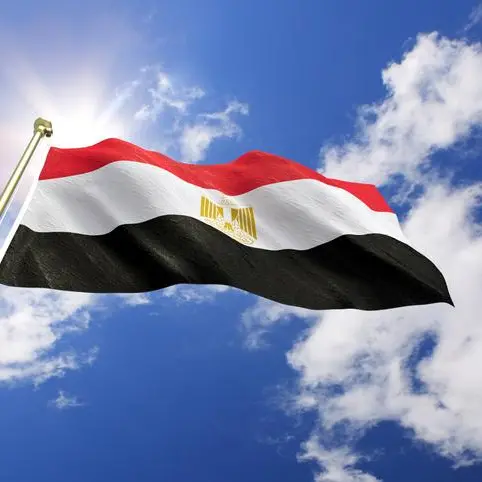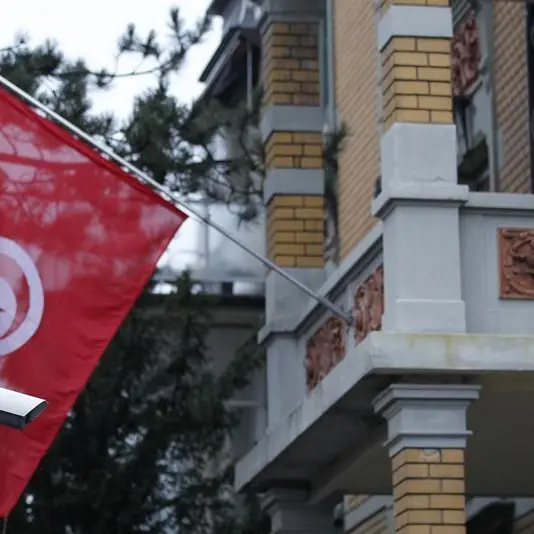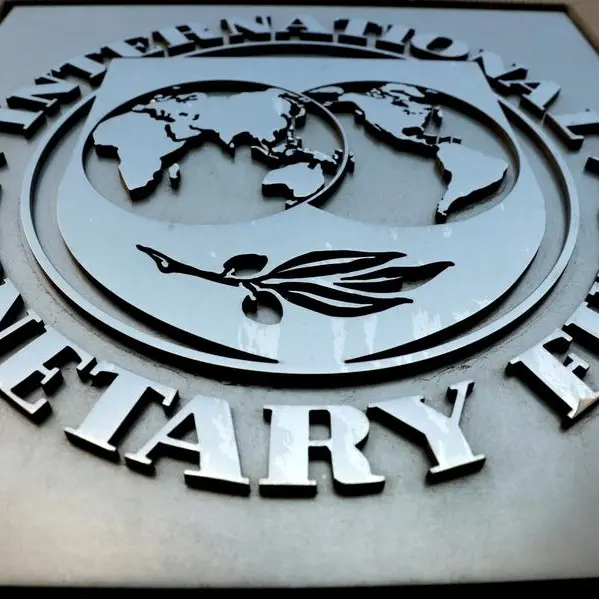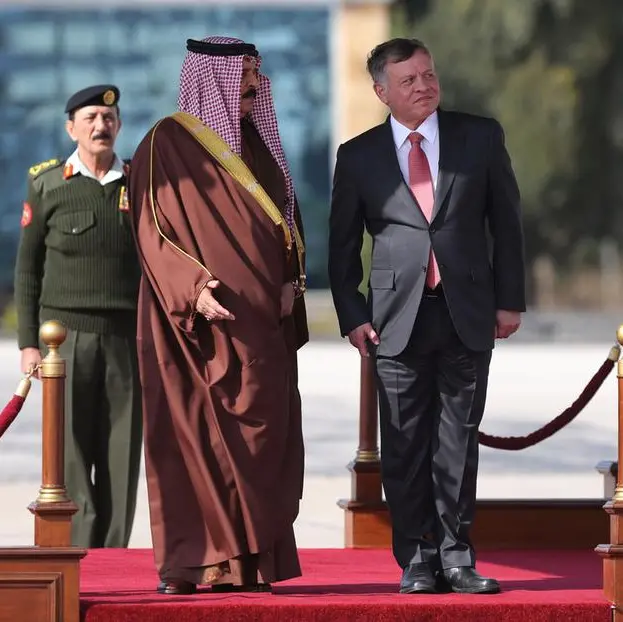PHOTO
02 April 2016
Doha - GCC currencies are now clearly misaligned with their fundamentals. The equilibrium real effective exchange rates (ERER) of the currencies have depreciated significantly in the past two years, given the large terms-of-trade losses as a result of the slump in oil prices.
But the actual real effective exchange rate (REER) has appreciated because of the appreciation of the dollar, Institute of International Finance (IFF) said in a report.
Taking the IMF estimates at face value, the observed REER was 12 percent above its estimated equilibrium level in 2015 with a 90 percent confidence range of 8-16 percent, based on economic fundamentals used in the panel regression.
However, the depreciation of the equilibrium real effective exchange rate (ERER) should reverse in the coming years in response to the authorities' fiscal consolidation efforts, mainly through real spending declines and the projected small improvement in terms of trade with gradual recovery in oil prices.
The sharp and sustained decline in oil prices since mid-2014 has made fiscal adjustment unavoidable. Consolidated government spending across the GCC was cut by 12 percent in real terms in 2015, and further significant cuts are envisaged for this year.
Public investment has borne the brunt of the fiscal consolidation. Low-priority projects are being cancelled, subsidies are being reduced or eliminated, and the wage bill is being contained by reducing the number of foreign workers in the public sector. With the significant further decline in expenditure in 2016 and 2017 and the freezing of the level of spending beyond 2017 in real terms, the ratio of government expenditure to nonoil GDP is projected to drop from a peak of 64 percent in 2014 to 45 percent by 2020.
For almost three decades, the GCC countries have pegged their currencies to the US dollar (Kuwait has had a peg to an undisclosed basket most likely dominated by the dollar since May 2007). Supported by the flexibility of the labour market, their currencies' pegs to the dollar have provided monetary policy credibility, and have helped deliver low inflation and inflation volatility.
But the sharp fall in oil prices and the appreciation of the dollar in the past two years have raised doubts about the sustainability of the GCC's pegs. Economists and investors are still wondering whether the authorities in the region, particularly in Saudi Arabia, would abandon the peg to the dollar.
Further monetary policy tightening in the US at a time when the GCC economies are weakening due to lower oil prices and the associated fiscal cutbacks could exacerbate policy challenges to the authorities in the region. However, the IFF analysts believe that the GCC authorities remain firmly committed to their dollar pegs, believing that the pegs safeguard economic stability and reduce the chances of social unrest.
The GCC currencies' pegs to the dollar have remained in place during much more difficult environments, particularly in the 1990s when foreign assets were well below their current levels in terms of import cover or as a percent of GDP, and government debt-to-GDP ratios much higher, they said.
The authorities' continued commitment to defending their pegs reflects limited benefits from flexible exchange rates. Import and export volume elasticities with respect to real exchange changes are very low, given the limited domestic manufacturing and nonoil tradable goods sectors in the GCC.
There would be some benefit in the form of boosting oil revenue in local currency, but the adjustment would also raise local currency costs of imported materials. In contrast, the costs of de-pegging are significant in the short term.
Devaluation would lead to a spike in inflation, pressures to raise wages, and potential social unrest that would damage investor confidence and encourage capital flight.
Doha - GCC currencies are now clearly misaligned with their fundamentals. The equilibrium real effective exchange rates (ERER) of the currencies have depreciated significantly in the past two years, given the large terms-of-trade losses as a result of the slump in oil prices.
But the actual real effective exchange rate (REER) has appreciated because of the appreciation of the dollar, Institute of International Finance (IFF) said in a report.
Taking the IMF estimates at face value, the observed REER was 12 percent above its estimated equilibrium level in 2015 with a 90 percent confidence range of 8-16 percent, based on economic fundamentals used in the panel regression.
However, the depreciation of the equilibrium real effective exchange rate (ERER) should reverse in the coming years in response to the authorities' fiscal consolidation efforts, mainly through real spending declines and the projected small improvement in terms of trade with gradual recovery in oil prices.
The sharp and sustained decline in oil prices since mid-2014 has made fiscal adjustment unavoidable. Consolidated government spending across the GCC was cut by 12 percent in real terms in 2015, and further significant cuts are envisaged for this year.
Public investment has borne the brunt of the fiscal consolidation. Low-priority projects are being cancelled, subsidies are being reduced or eliminated, and the wage bill is being contained by reducing the number of foreign workers in the public sector. With the significant further decline in expenditure in 2016 and 2017 and the freezing of the level of spending beyond 2017 in real terms, the ratio of government expenditure to nonoil GDP is projected to drop from a peak of 64 percent in 2014 to 45 percent by 2020.
For almost three decades, the GCC countries have pegged their currencies to the US dollar (Kuwait has had a peg to an undisclosed basket most likely dominated by the dollar since May 2007). Supported by the flexibility of the labour market, their currencies' pegs to the dollar have provided monetary policy credibility, and have helped deliver low inflation and inflation volatility.
But the sharp fall in oil prices and the appreciation of the dollar in the past two years have raised doubts about the sustainability of the GCC's pegs. Economists and investors are still wondering whether the authorities in the region, particularly in Saudi Arabia, would abandon the peg to the dollar.
Further monetary policy tightening in the US at a time when the GCC economies are weakening due to lower oil prices and the associated fiscal cutbacks could exacerbate policy challenges to the authorities in the region. However, the IFF analysts believe that the GCC authorities remain firmly committed to their dollar pegs, believing that the pegs safeguard economic stability and reduce the chances of social unrest.
The GCC currencies' pegs to the dollar have remained in place during much more difficult environments, particularly in the 1990s when foreign assets were well below their current levels in terms of import cover or as a percent of GDP, and government debt-to-GDP ratios much higher, they said.
The authorities' continued commitment to defending their pegs reflects limited benefits from flexible exchange rates. Import and export volume elasticities with respect to real exchange changes are very low, given the limited domestic manufacturing and nonoil tradable goods sectors in the GCC.
There would be some benefit in the form of boosting oil revenue in local currency, but the adjustment would also raise local currency costs of imported materials. In contrast, the costs of de-pegging are significant in the short term.
Devaluation would lead to a spike in inflation, pressures to raise wages, and potential social unrest that would damage investor confidence and encourage capital flight.
© The Peninsula 2016












